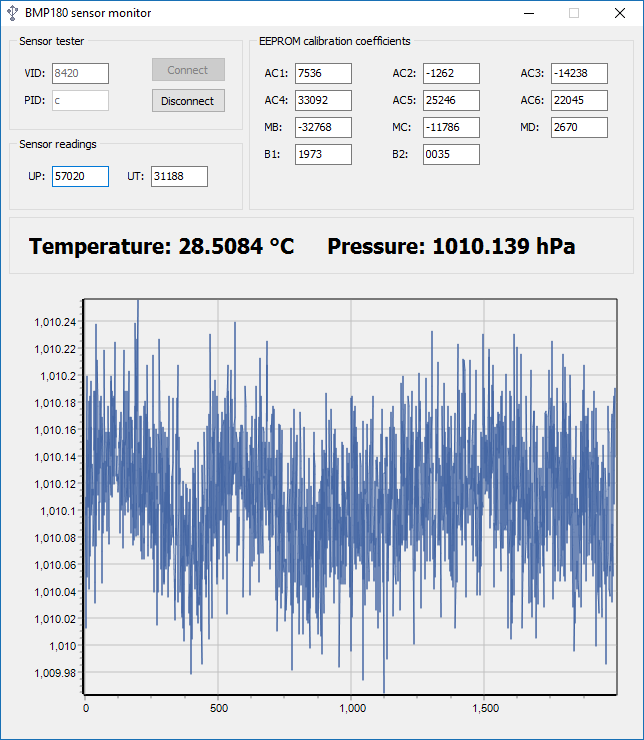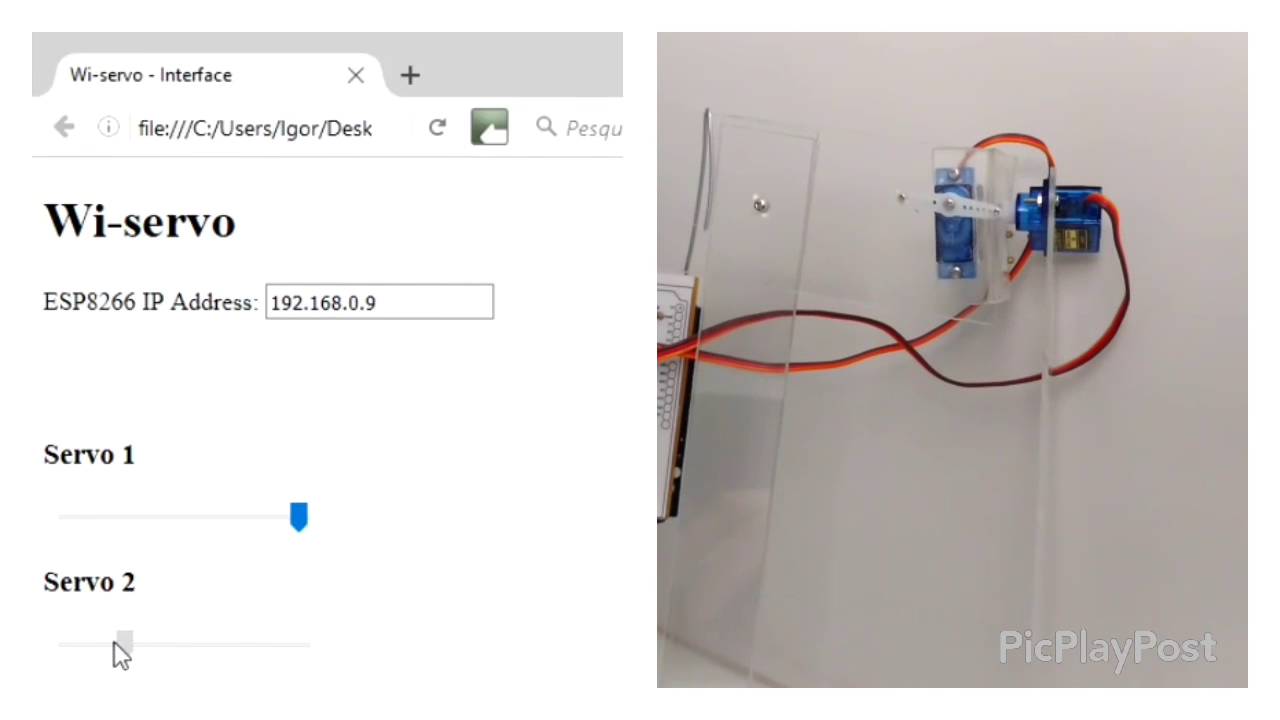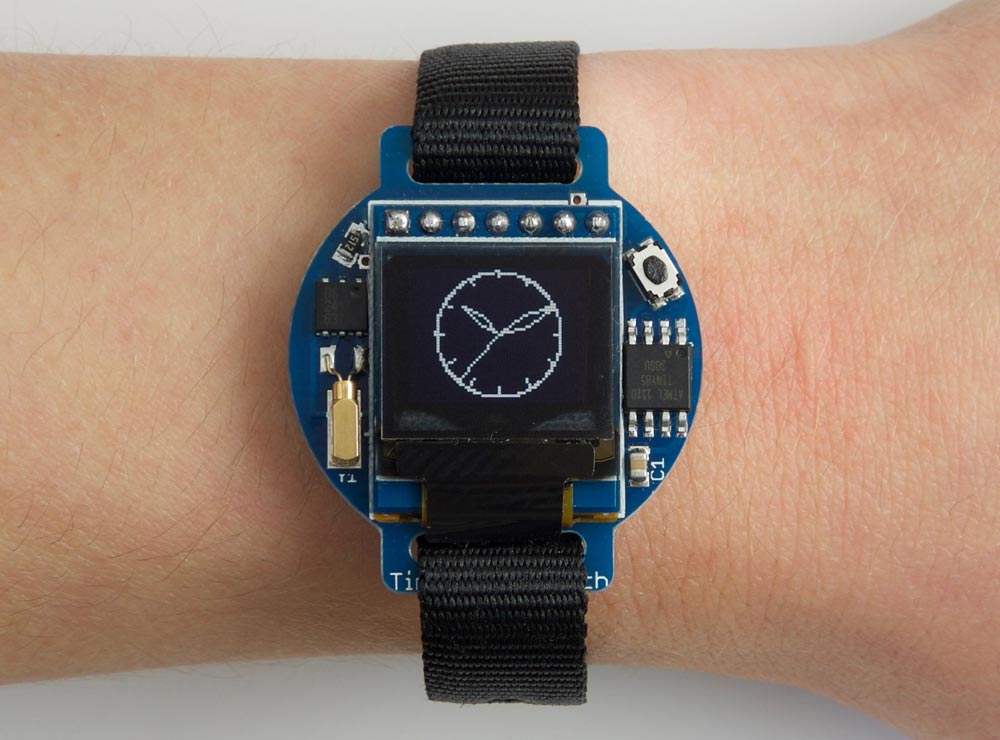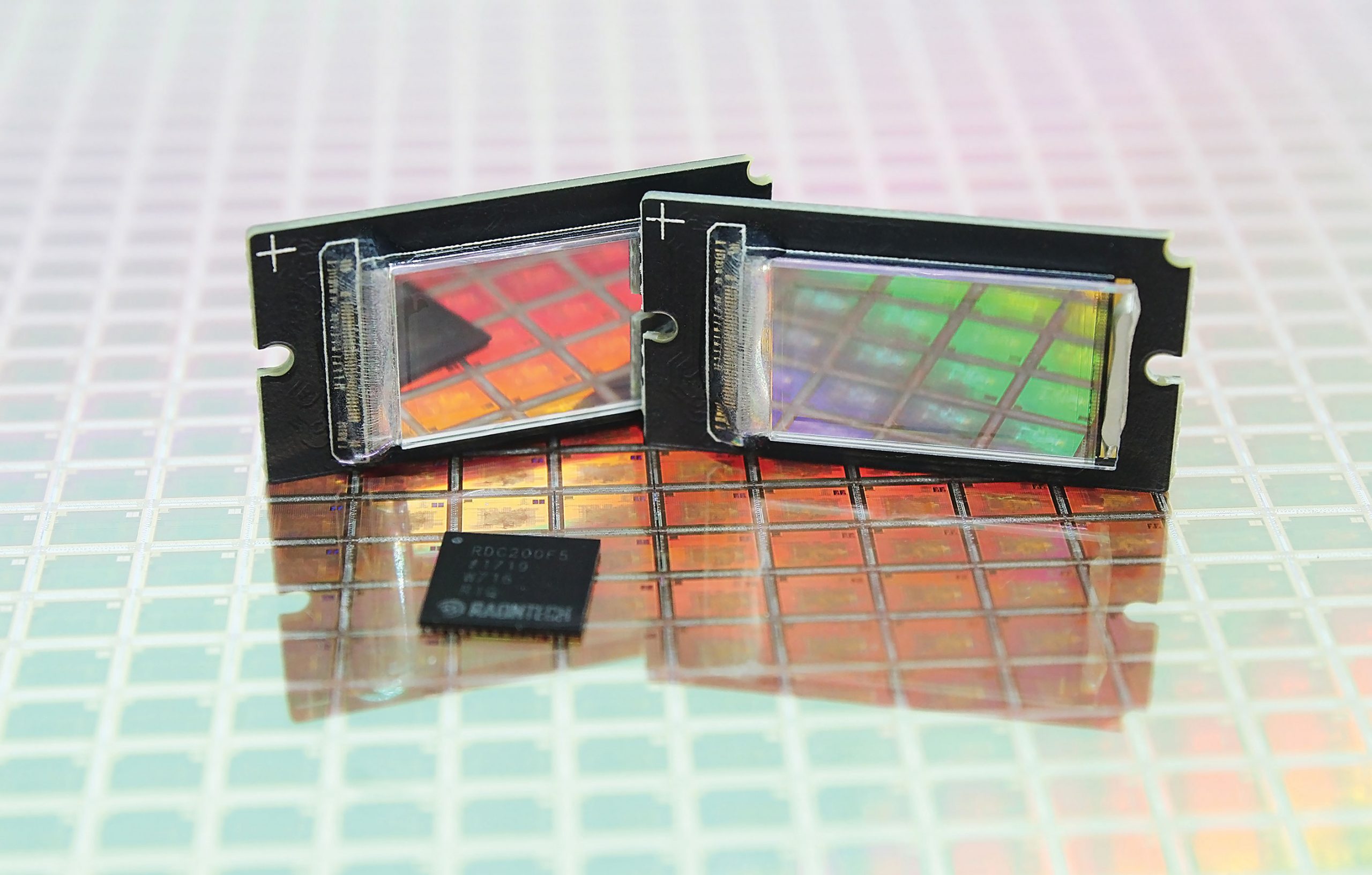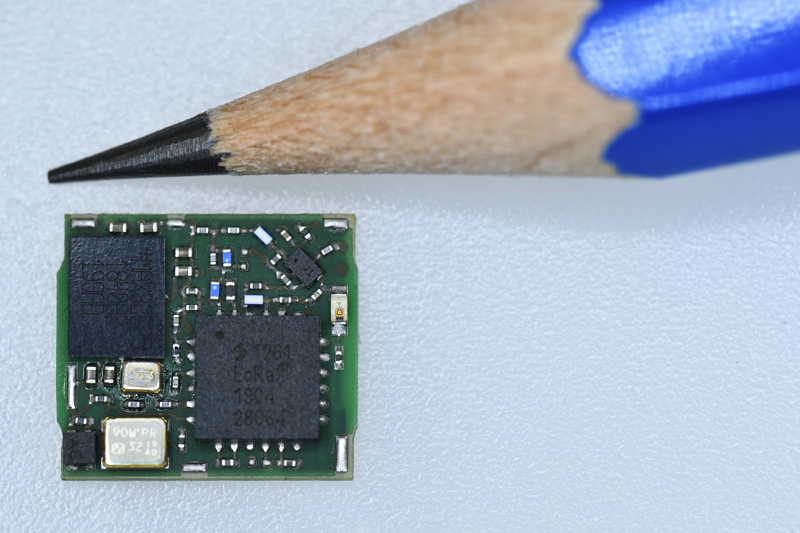
Miromico develops innovative IoT solutions in volume using state-of-the-art wireless technologies, including LoRaWAN, Sigfox, and NB-IoT. The Zurich, Switzerland-based company also provides design services in the areas of ICs, electronic systems, and software. By:Christine Young
The company is disrupting the design of sensors by tapping into novel wireless communications technologies. In doing so, Miromico is producing low-cost, battery-powered sensors that operate for more than 10 years. To facilitate fast prototyping and development for its customers, its designs are based on standard Miromico modules that can be used out of the box. Using these modules, designers can bring wireless connectivity to a variety of products.
While many of the company’s LoRaWAN modules are based on chipsets that are large and do not provide security, IoT applications demand the opposite. “In LoRaWAN, our clients want to have access to novel and highly integrated technologies. We needed for the extension of our LoRaWAN module family a microcontroller that is small, offers security, and is cost competitive. At the same time, we also wanted to have a strong partner with competence in security,” explained Dr. Schekeb Fateh, who works in business development at Miromico.
The company found its microcontroller solution in the MAX32625/MAX32626 microcontrollers from Maxim’s family of ultra-low-power microcontrollers, which are ideal for IoT applications and wearables. The FMLR-6x-x-MA62x, which measures just 8.6mm x 9.3mm, is the world’s smallest LoRaWAN module. It can send with up to 20dBm and receive with a sensitivity of -137dBm and offers security on the node. Designers can place the module in a high-density urban or long-range rural environment and connect to a large variety of sensors via LoRaWAN.
The MAX32625 and MAX32626 are Arm® Cortex®-M4 devices with floating-point unit, providing 512KB flash, 160KB SRAM, flexible power modes, an intelligent PMU, and dynamic clock and power gating to help optimize performance and power consumption. For designs that require always-on monitoring, the microcontrollers have internal oscillators that run at 4MHz for maximum battery life (they can also run at 96MHz for high performance). To meet security needs, the devices have a trust protection unit (TPU) that provides ECDSA and modular arithmetic acceleration support, a true random number generator, and a secure boot loader.
Miromico was able to move from idea to mass production of its LoRaWAN module in less than six months. The company also met its power, form factor, and security targets using the MAX32625 and MAX32626.
Designers who are ready to evaluate LoRaWAN technology can take advantage of the Maxim DARWIN LoRaWAN Starter Kit. The kit includes a customizable IoT button as an example for an end device, a development board with a Maxim FMLR module for fast prototyping, and a Tabs hub LoRaWAN gateway for connectivity with a backend and application server provided by the Swiss partner company, InstaSolution.
This blog post was adapted from the Miromico customer testimonial. Read the testimonial to learn more about the Miromico story. [via]





